“Keep trying, it took me a while to get that too!” The effects of peer feedback on relation-inferred self-efficacy (RISE), self-efficacy, and motivation in youth sport
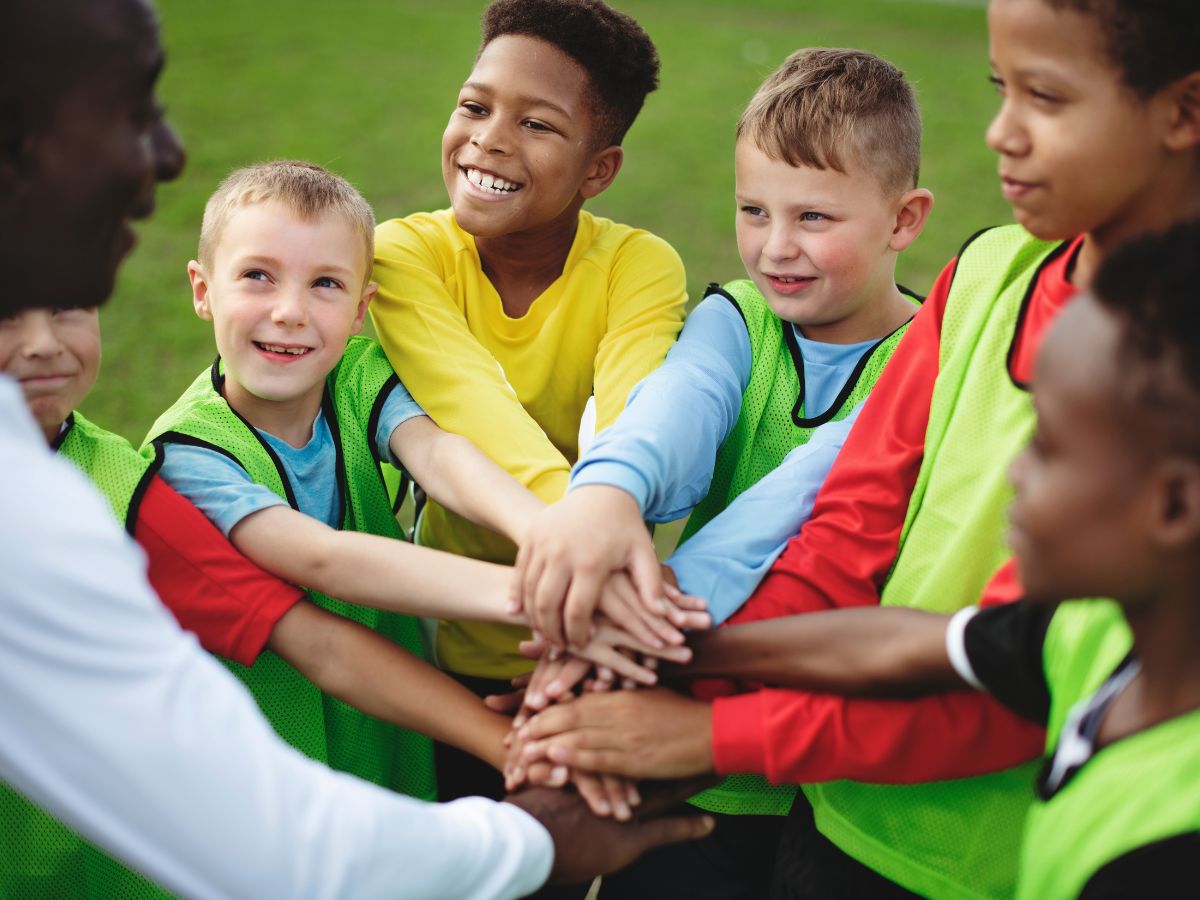
Project Summary Peer influences are among the strongest social influences of children’s attitudes and behaviours at early ages. Yet, despite the potential for peer influences to change behaviour, few studies have investigated the role of peer influences on children’s thoughts about their physical capabilities or sport participation. Beliefs in our own abilities, or self-efficacy, guide…
Can conflict be productive? An examination of conflict in non-profit sport boards

Project Summary Given the importance of board decisions on the development of sport programming in Canada, an investigation of the impact of conflict within these groups is essential for effective board functioning. Thus, the purpose of this project was to examine the nature, level, and impact of task, relationship, and process conflict in provincial sport…
Influence of structural and psychosocial factors on the level of physical activity of preschoolers attending daycare
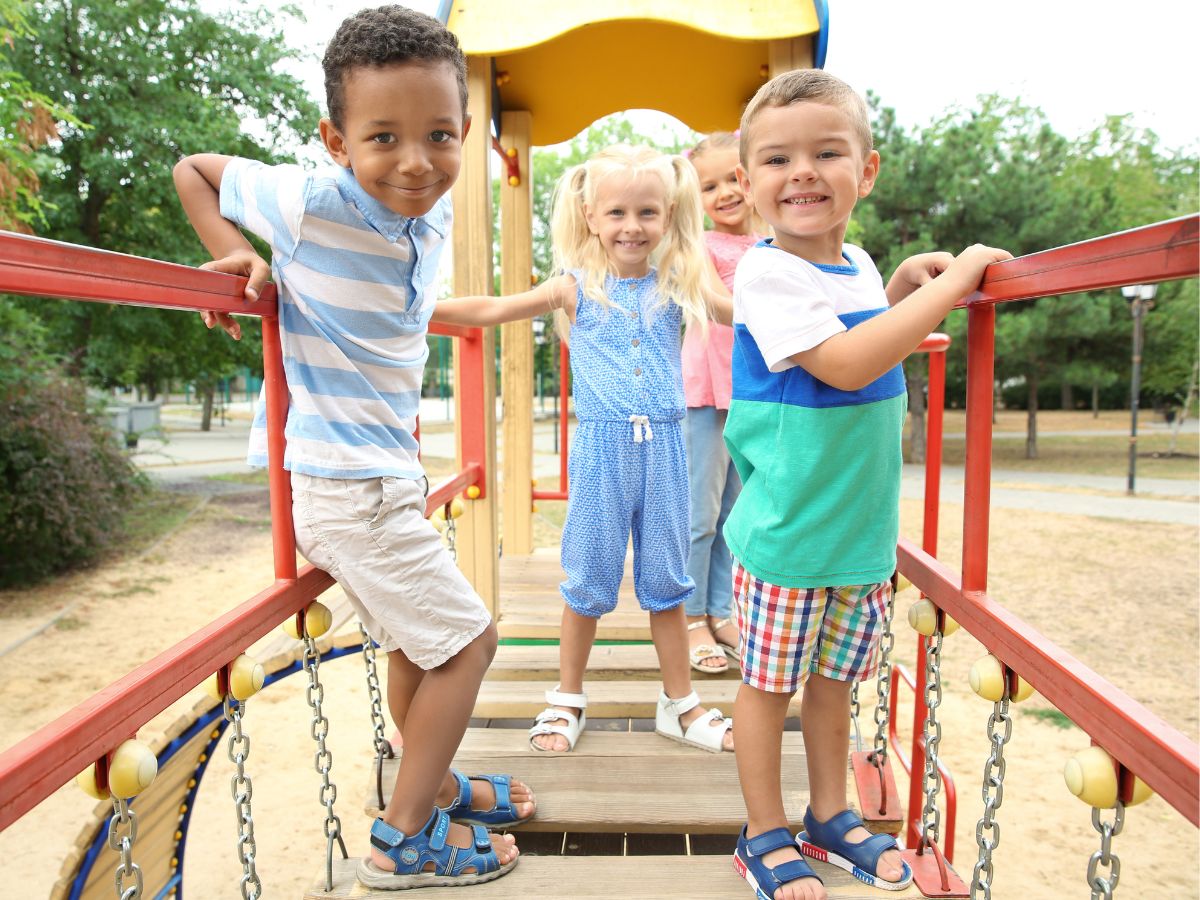
Project Summary Objectives Theoretical framework: Theory of planned behaviour (Ajzen 1991) and the Cohen et al. structural model (2000). Research Methods Population: Children aged three to five attending a child care facility, run by the government of Quebec, in the National Capital and Chaudière-Appalaches regions (Quebec, Canada), and their daycare workers. Sample: Randomly selected child…
The politics of international sport: An investigation of the sport for development and peace movement
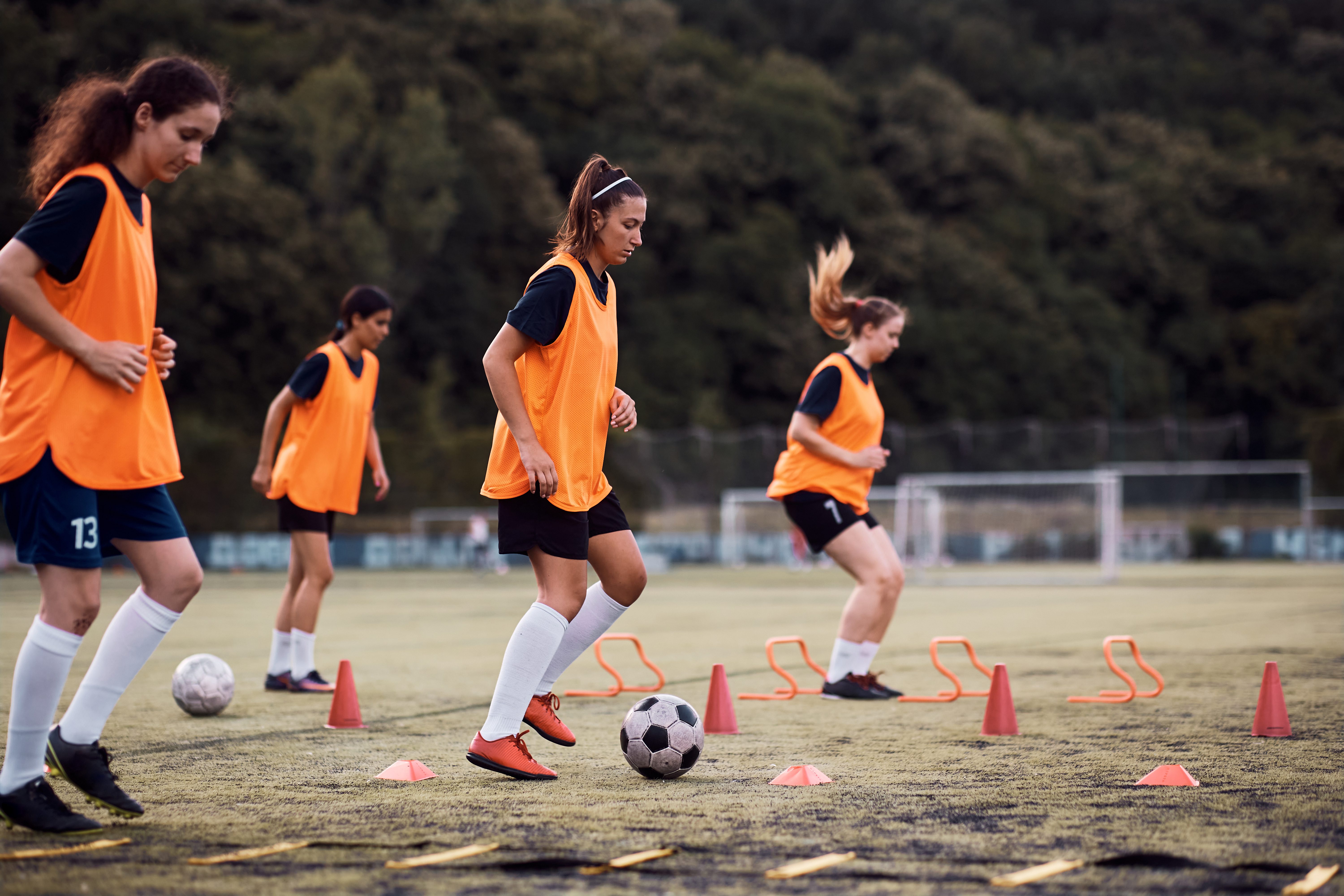
Project Summary Sport and physical activity is now mobilized in programs and initiatives designed to meet international development goals, leading to a sector known as ‘Sport for Development and Peace’ (SDP). A number of different organizations make up this sector, including non-governmental organizations, charities, corporations, professional sports clubs, and governments. As a result, sport is…
Examining interdependence in Canada’s sport system: Community basketball
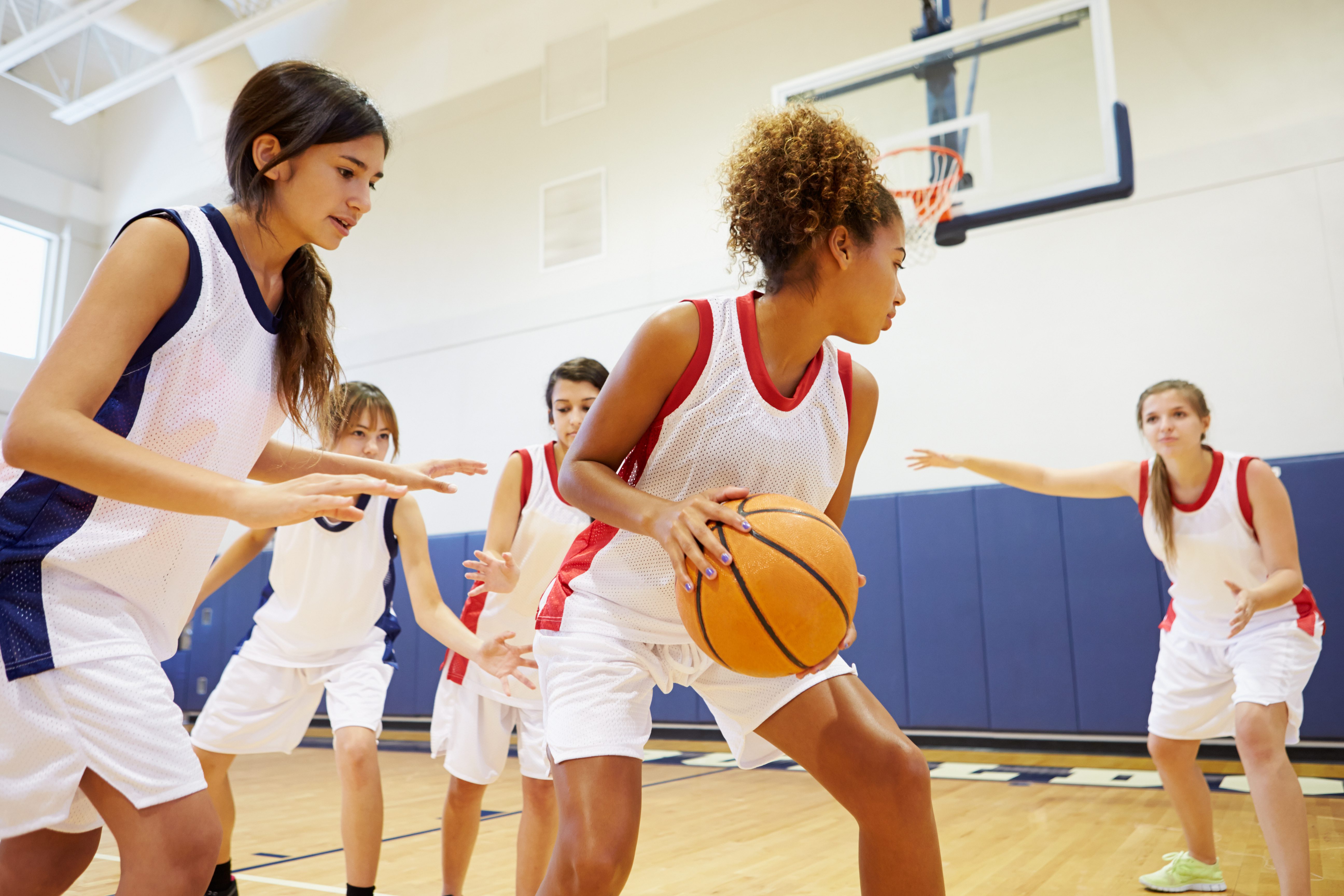
Project Summary The purpose of this research was is to explore and assess the existence of partnerships or network collaborations within the delivery network of basketball providers in one geographic region of Canada: Niagara. Investigators used network analysis to investigate the degree of integration (incidents of network collaboration) and interdependence (partnership effectiveness) between providers of…
Body-related emotional experiences in sport among adolescent girls: Participation outcomes over time

Project Summary In adolescence, girls are less likely to participate in sport, are more likely to drop out of sport, and report more poor sport experiences compared to boys. Concerns related to appearance, body shape, size, and weight disproportionally affect girls during adolescence and may impact their sport experiences. To date, there is primarily anecdotal…
Behind the spectacle: Participatory action research, and the impacts of a world-class arena and entertainment district on the urban poor in downtown Edmonton

Project summary The project was designed to explore the impacts of a new, $613.7-million, publicly-financed arena development (Rogers Place, the home of the National Hockey League’s Edmonton Oilers) in downtown Edmonton on inner city community members, many of who are experiencing homelessness and are disproportionately Indigenous. Our research uncovered a deficient Community Benefits Agreement (CBA),…
Rural children and their communities leading the way toward the enhancement of sports and recreation
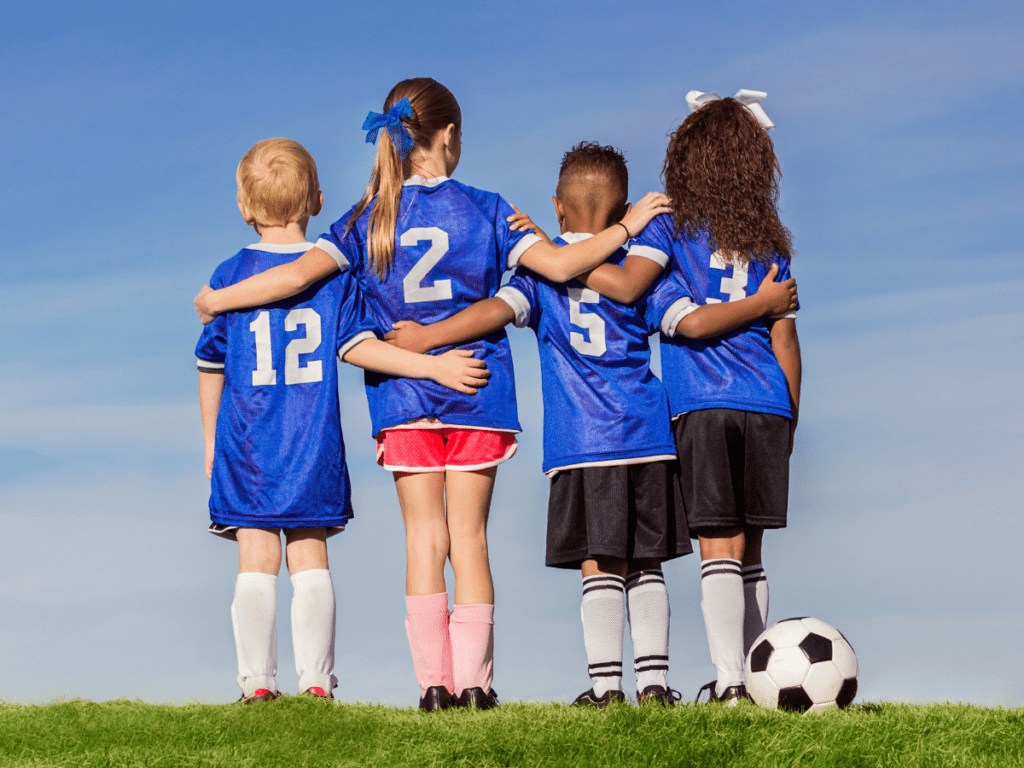
View the summary of this research here. The purpose of the study was to engage rural preadolescent children in the development of research questions that are relevant and meaningful to exploring their participation and commitment to sport and other recreational activities. The three objectives were 1) To understand the children’s experience in participation of sport,…
Quality participation in Parasport: A narrative perspective

Project summary The benefits of participation in parasport are widely recognized. In order to achieve these benefits, we need to understand how athletes think about quality experiences in parasport, and how to foster these quality experiences in a parasport context. As such, this study had two main objectives: (1) to explore what quality participation means…
Transitioning to inclusive sport: Understanding barriers to transgender Canadians’ participation in recreational and high-performance sport

Project summary How and where trans athletes participate in sport is highly contested and inconsistent due to the competing, and often contradictory, policies in force throughout the country in different sport disciplines at a different levels of competition. This study sought to seek out and amplify the voices of people impacted by trans eligibility policies…